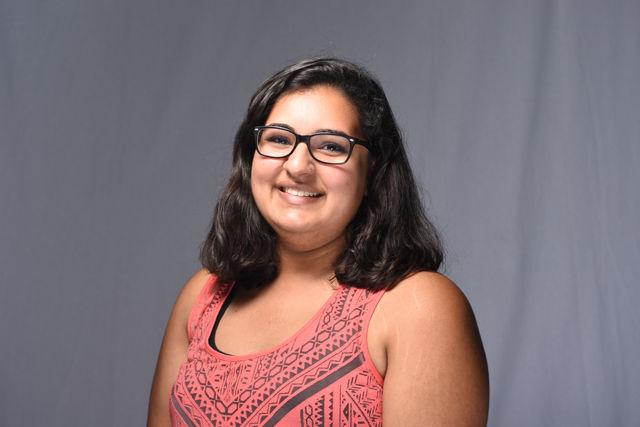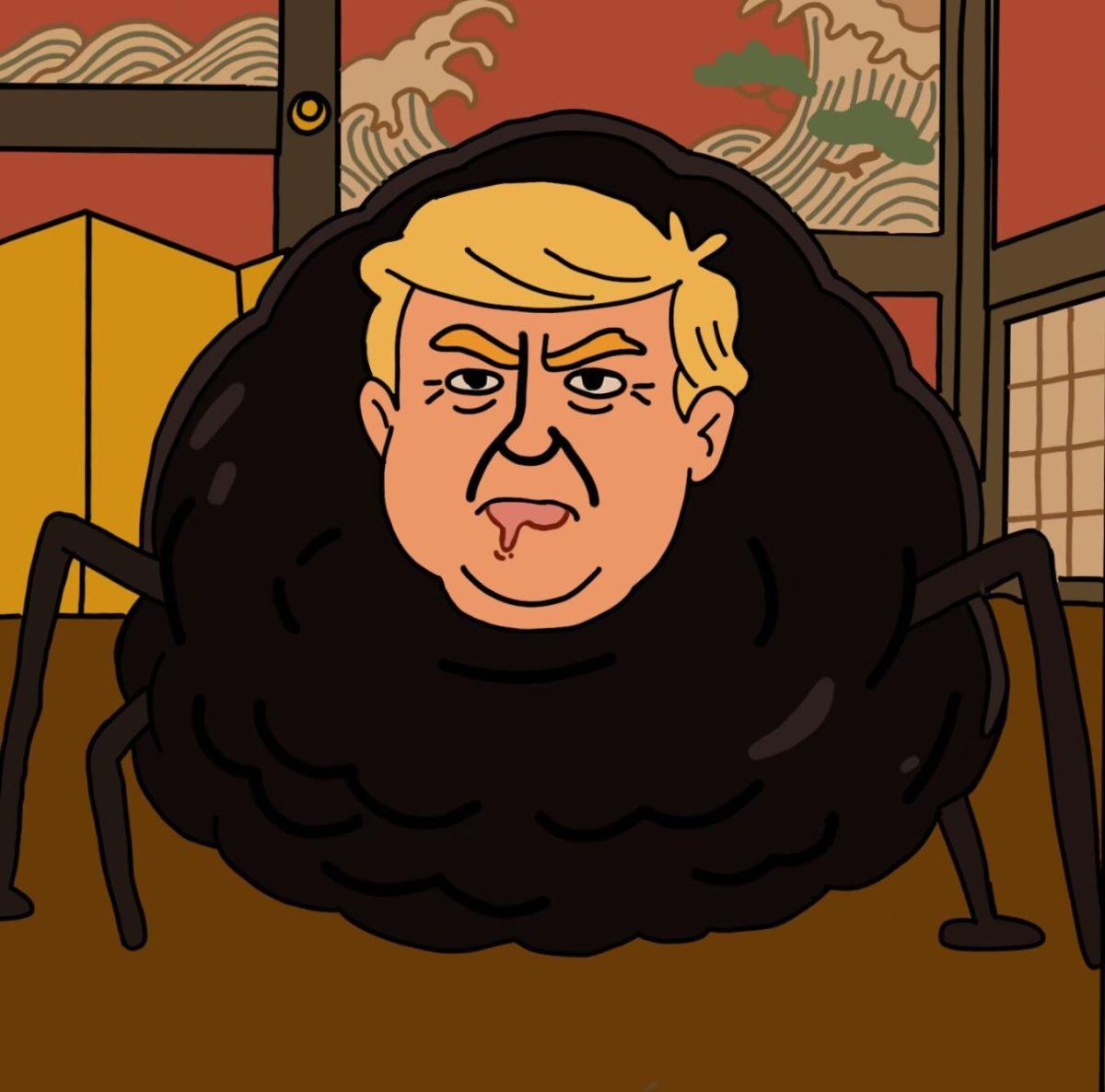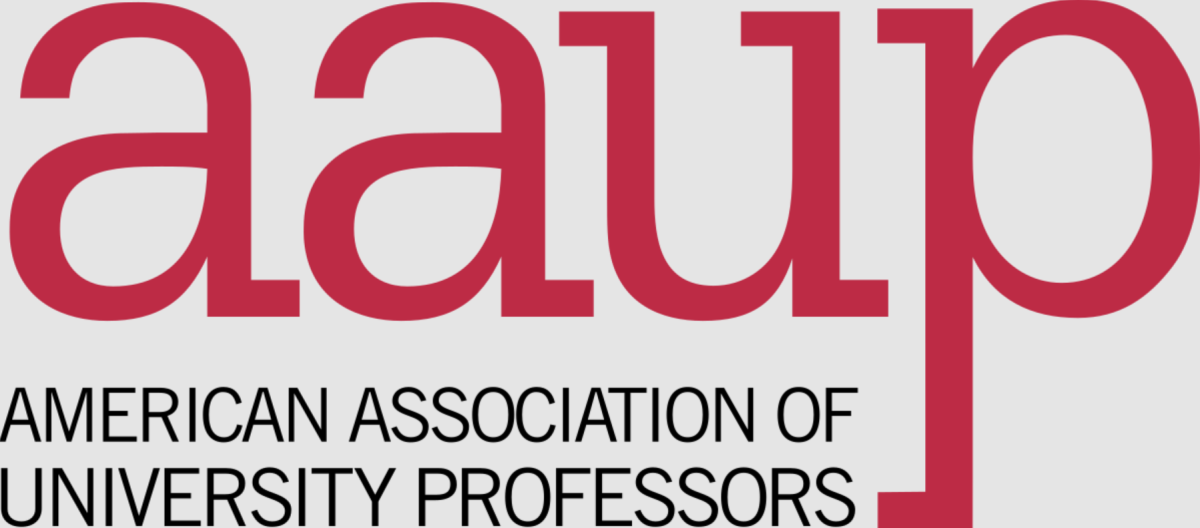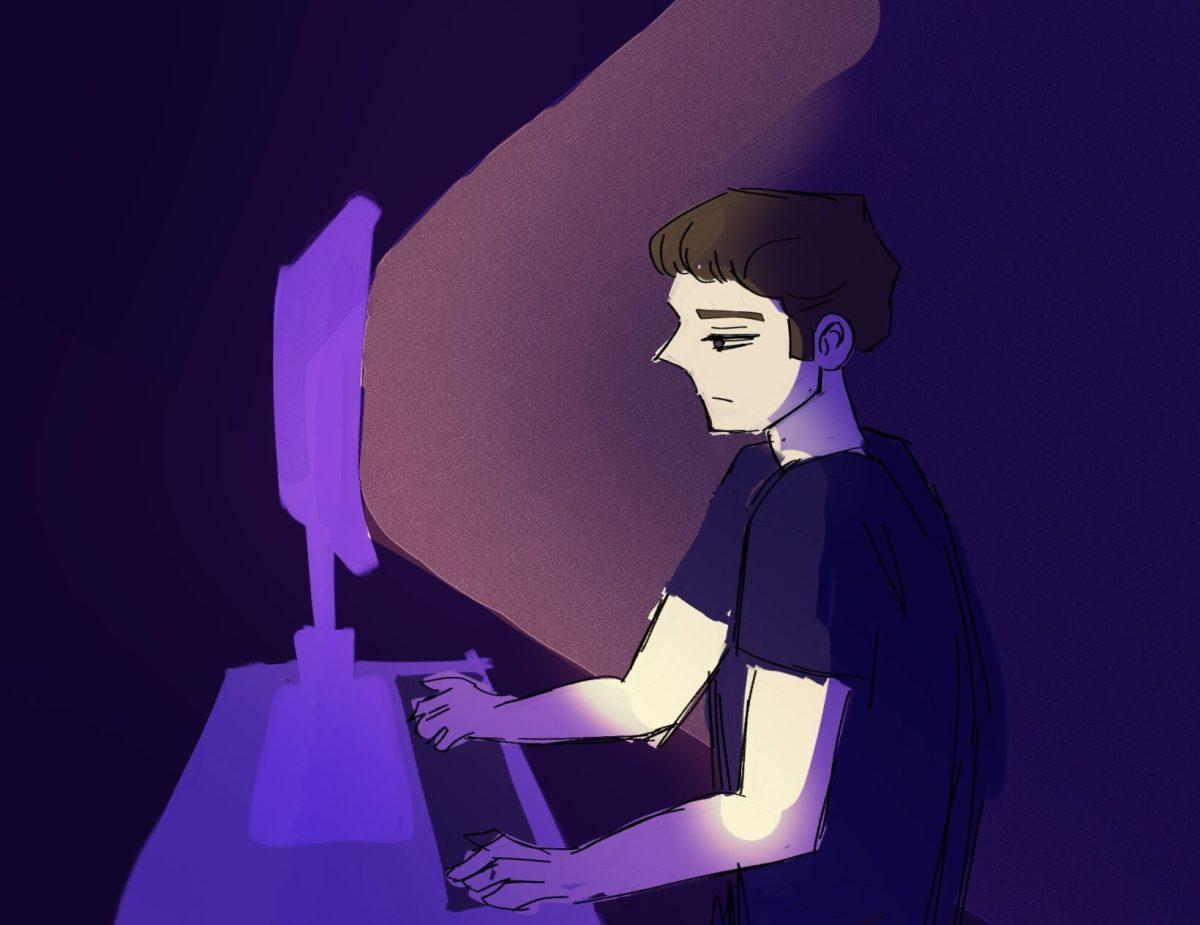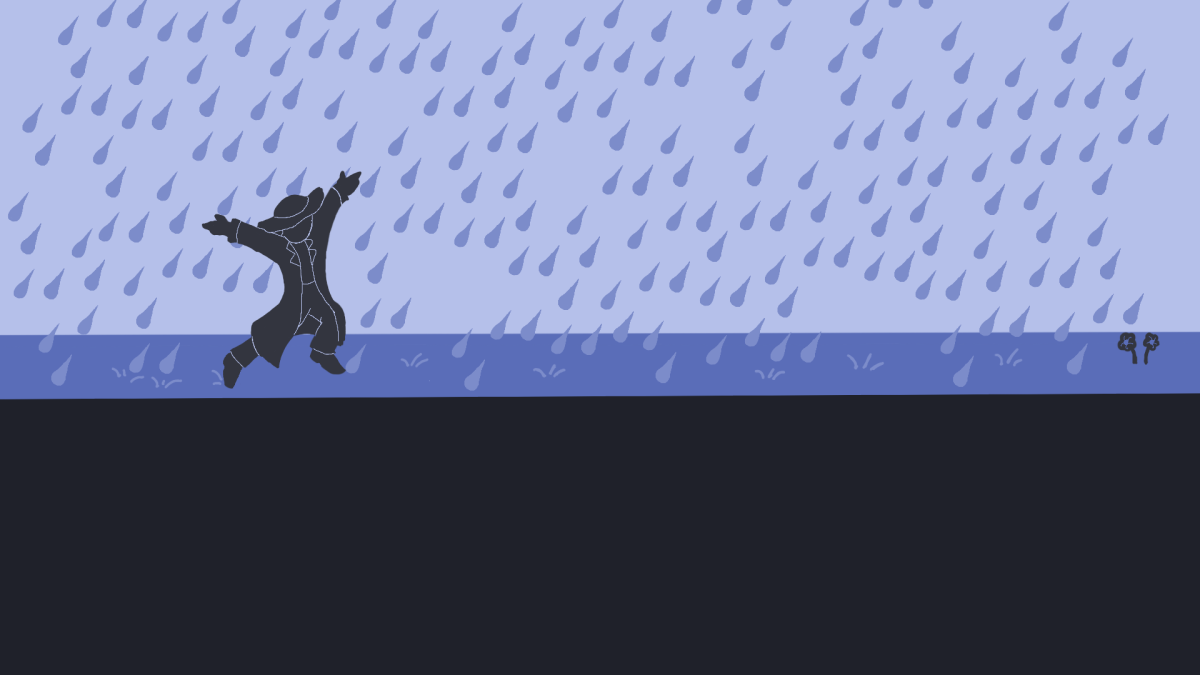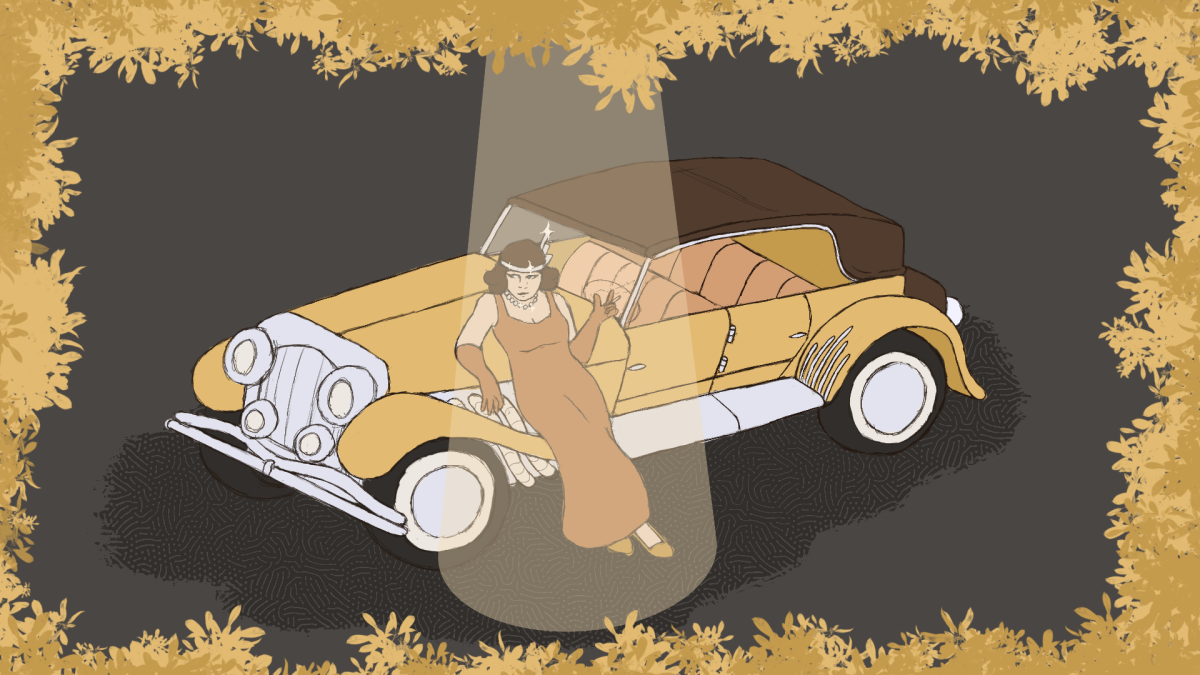It’s certainly no secret that underage drinking is prevalent in America. Movies and television shows depict and often glorify underage drinking among high school and college students, portraying it as a rite of passage into coolness and adulthood. Essentially, a culture has been built in this country around the need and pressure to drink as early and as much as possible.
According to the Centers for Disease Control and Prevention, American people between the ages of 12 to 20 account for 11 percent of the country’s overall alcohol consumption. Ninety percent of this consumption is through binge drinking, which often results in alcohol poisoning and other alcohol-related medical conditions.
Furthermore, a 2013 Youth Risk Behavior Survey reported that among surveyed high school students, 10 percent drove after consuming alcohol and 22 percent rode with drivers who had been consuming alcohol, all within the past 30 days of the survey.
The United States has one of the highest drinking ages in the world, surpassed only by India, where some parts have an age minimum of 25 or even 30 years old. Additionally, the U.S. also has one of the lowest driving age minimums, with some states allowing children to get their learner’s permits at the age of 14. According to Forbes, the U.S. is ranked the third highest in the world for alcohol-related driving accidents, with 31 percent of accidents in 2015 having been fueled by drunk driving.
Studies show that excessive adolescent drinking — especially binge drinking — can have detrimental effects on brain development, as well as on the health of other organs. Moreover, adolescents who drink excessively early in life have a higher chance of developing an addiction to alcohol or other drugs later in life.
That being said, the fact remains that there is an extremely toxic culture surrounding binge drinking and acceptance through alcohol. The media and advertisements exacerbate this by portraying alcohol as an outlet or coping mechanism for any and all problems in life, as well as a medium of acceptance and friendship. A high drinking age, while smart and safe in theory, only adds to thrill of doing something illegal, and encourages more irresponsible behavior amongst underage drinkers.
Lowering the drinking age in this country is an understandably controversial topic. Arguments in favor of lowering it include the normalization of responsible drinking, better education about the effects of alcohol and other drugs and a reduction of alcohol related illnesses and deaths, to name a few.
Conversely, arguments against lowering the drinking age include the aforementioned addictive personality development and negative effects on the brain. Many of these health problems do, however, develop as a result of extreme binge drinking, which will theoretically happen less if the drinking age is lowered.
Children and adolescents have found ways to access alcohol despite the restrictions and laws in place. Prohibition proved that, just as high schools and colleges do today. On college campuses, police are likely to — and do — turn blind eyes to the pervasive drinking culture at parties and other places on campus.
What is the point of a drinking age if it’s not going to be actively enforced? Would it not make more sense to lower it and encourage responsible consumption, rather than let it remain the same and effectively encourage breaking the law in dangerous and harmful ways?
Not all alcohol-related problems will disappear with a lower drinking age, because that’s just unrealistic. But the number of alcohol-related problems that affect illegal, underage drinkers will certainly be reduced or at least managed properly and safely.


